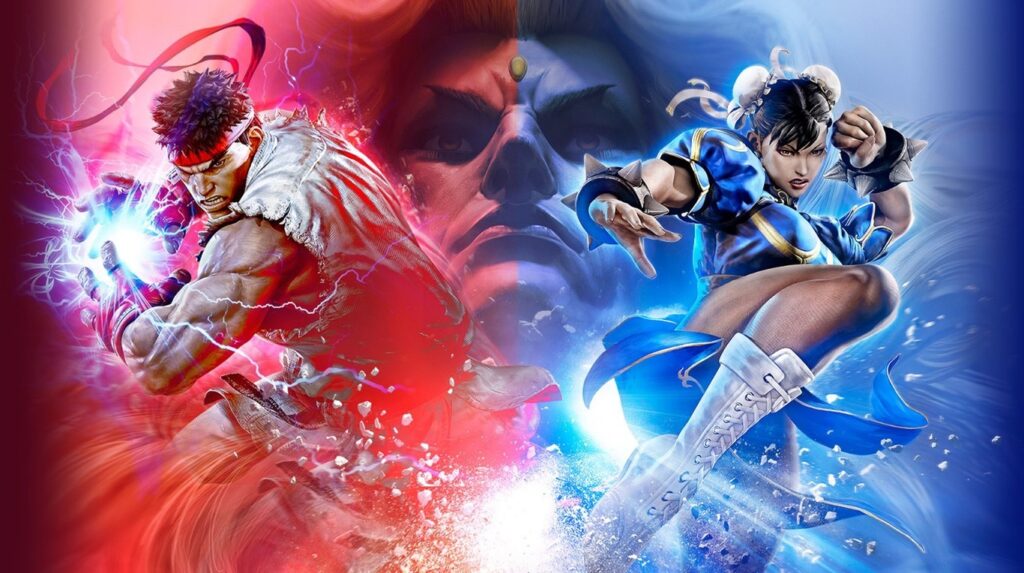Bringing the electrifying world of fighting games to diverse audiences demands a careful dance between cultural adaptation and technical precision. Let’s delve into the unique challenges faced when localizing fighting games, exploring how language, humor, and cultural context come together to enhance the gaming experience.
About fighting games
Fighting games present a great opportunity for localization, demanding a meticulous approach to not only language and cultural references but also the language of combat itself. The core of these games lies in action, where moves and button combinations must be translated with utmost care to preserve playability. Short dialogues between characters are common, emphasizing the importance of context in setting the right tone.

Localization shines in cinematics, pre-fighting scenes, celebrations, and victory stage screens, providing opportunities to inject cultural flavor and humor into catchphrases and character interactions.
Localization challenges
There are some common video game localization challenges that fight games come up against.
Tone and sensitivity
In fighting games, a variety of robust language and vividly violent descriptions are often integrated, and it is essential to carry over that same sense into the translated text. However, this must be done while carefully taking into account the specific restrictions and regulations of the target locale.
When localizing sound effects, the challenge lies in discovering culturally fitting alternatives that uphold the intensity and visceral impact of the original audio cues.
Precision and creativity
Fighting games often showcase either highly exaggerated or entirely fantastical interpretations of Asian martial arts techniques. When adapting and localizing the various moves and combinations, it becomes crucial to strike a balance between remaining true to the original fighting terminology and ensuring clarity for non-native speakers to easily remember them. These games typically revolve around hand-to-hand combat, although some incorporate characters wielding melee weapons or possessing the ability to cast various types of projectiles.

In the realm of character interactions, taunts, and catchphrases, there may be a need for transcreation. This involves finding equivalents that not only capture the humor and personality of the original content but also resonate effectively with diverse audiences.
Humor
Amid their competitive atmosphere, fighting games frequently feature light-hearted banter and amusing exchanges among characters. To effectively localize this humor, it’s essential to grasp cultural subtleties and identify equivalents that preserve the playful tone and the unique clashes of personalities.
For instance, a pun linked to a specific movie in the original content might be exchanged for a local pop culture reference in another language. This approach ensures that the lively and playful atmosphere remains vibrant, maintaining the engaging vibe of the game.
Costumes and lore
Characters in fighting games often possess unique cultural backgrounds and visual cues. Localizing these elements requires sensitivity and creativity to avoid stereotypes. Traditional garb may be adjusted for cultural appropriateness, and backstories tweaked to prevent misinterpretations.

The takeaway
The evolution of fighting games has been monumental since the arcade era, with localization playing a pivotal role in their growth. These games now offer diverse cultural backgrounds, varied profiles, and inclusive combat experiences. Navigating the challenges of localization ensures that the adrenaline and fury of fighting games reach players around the world, creating a global stage for intense battles and diverse storytelling.



